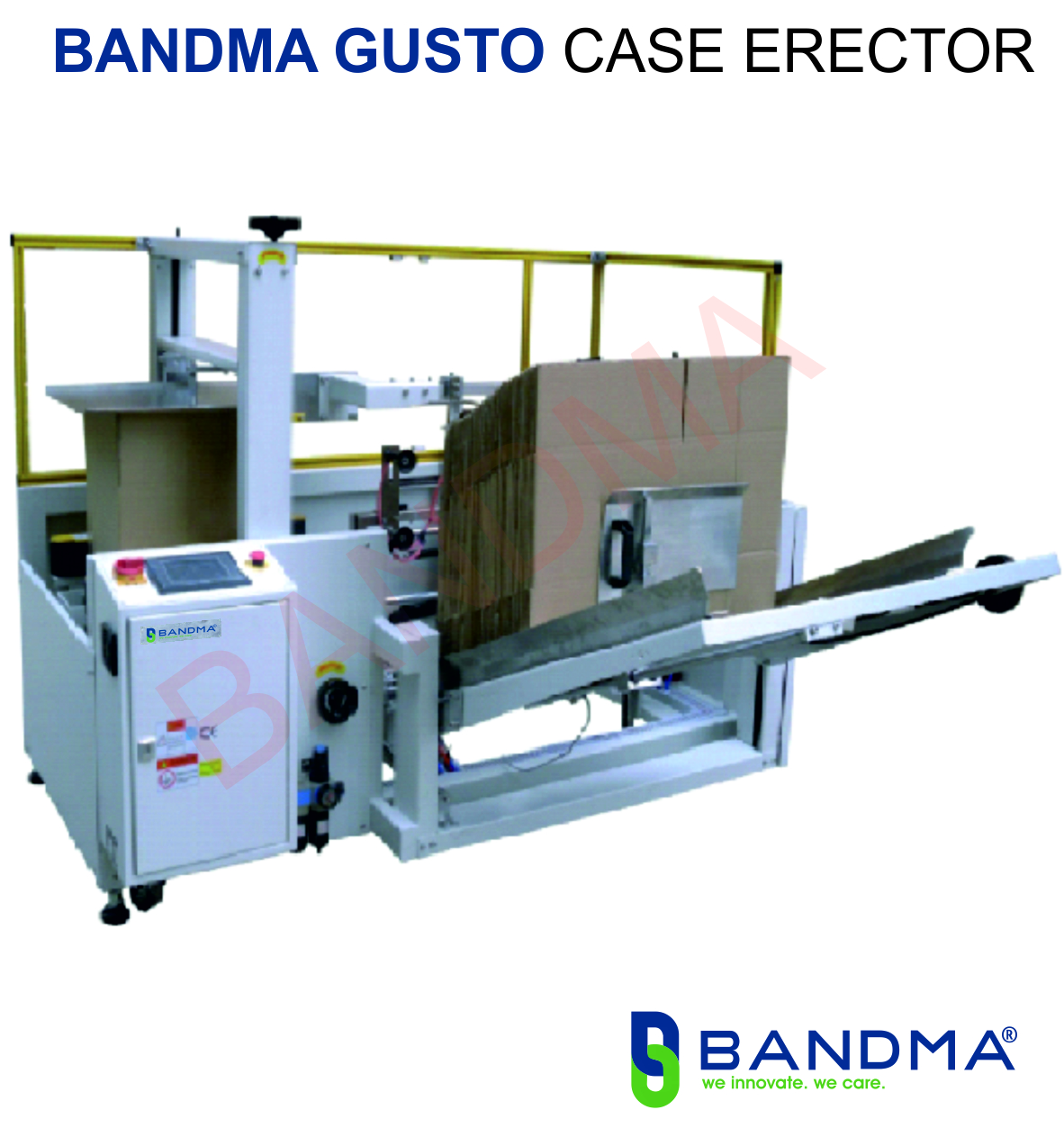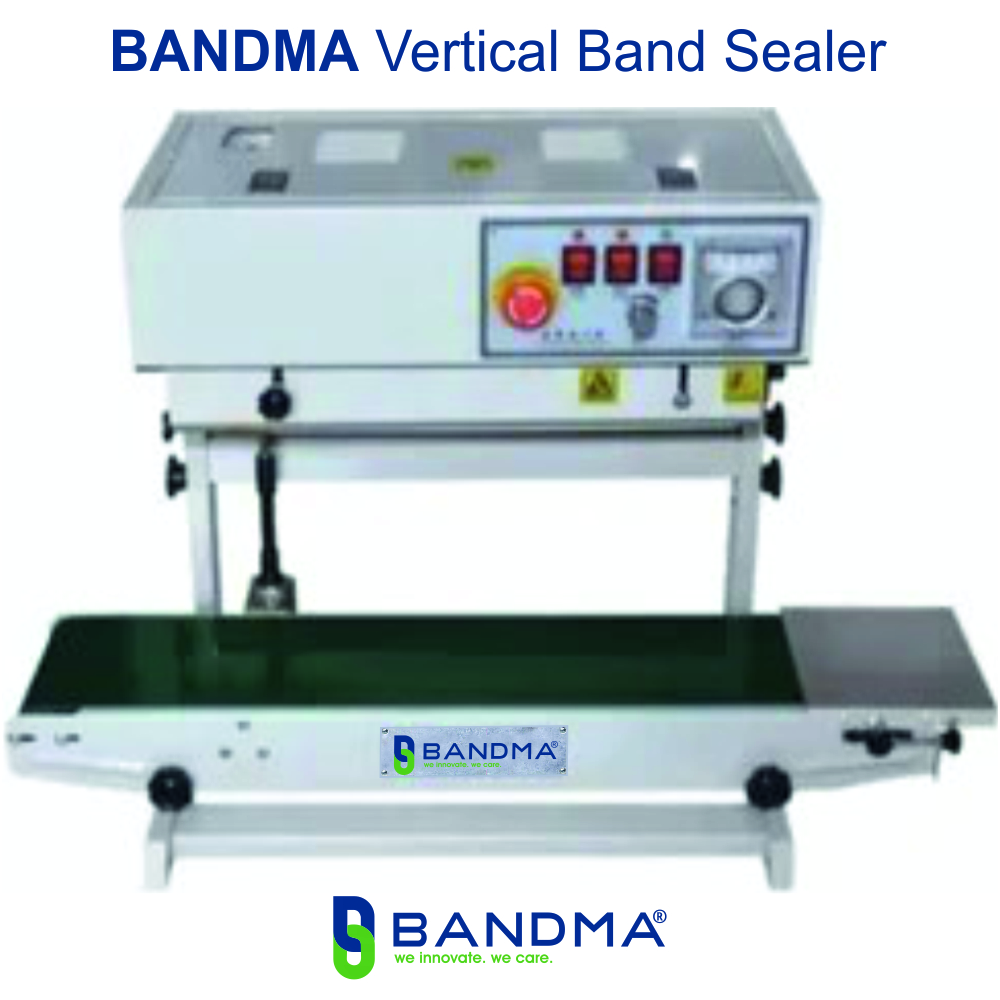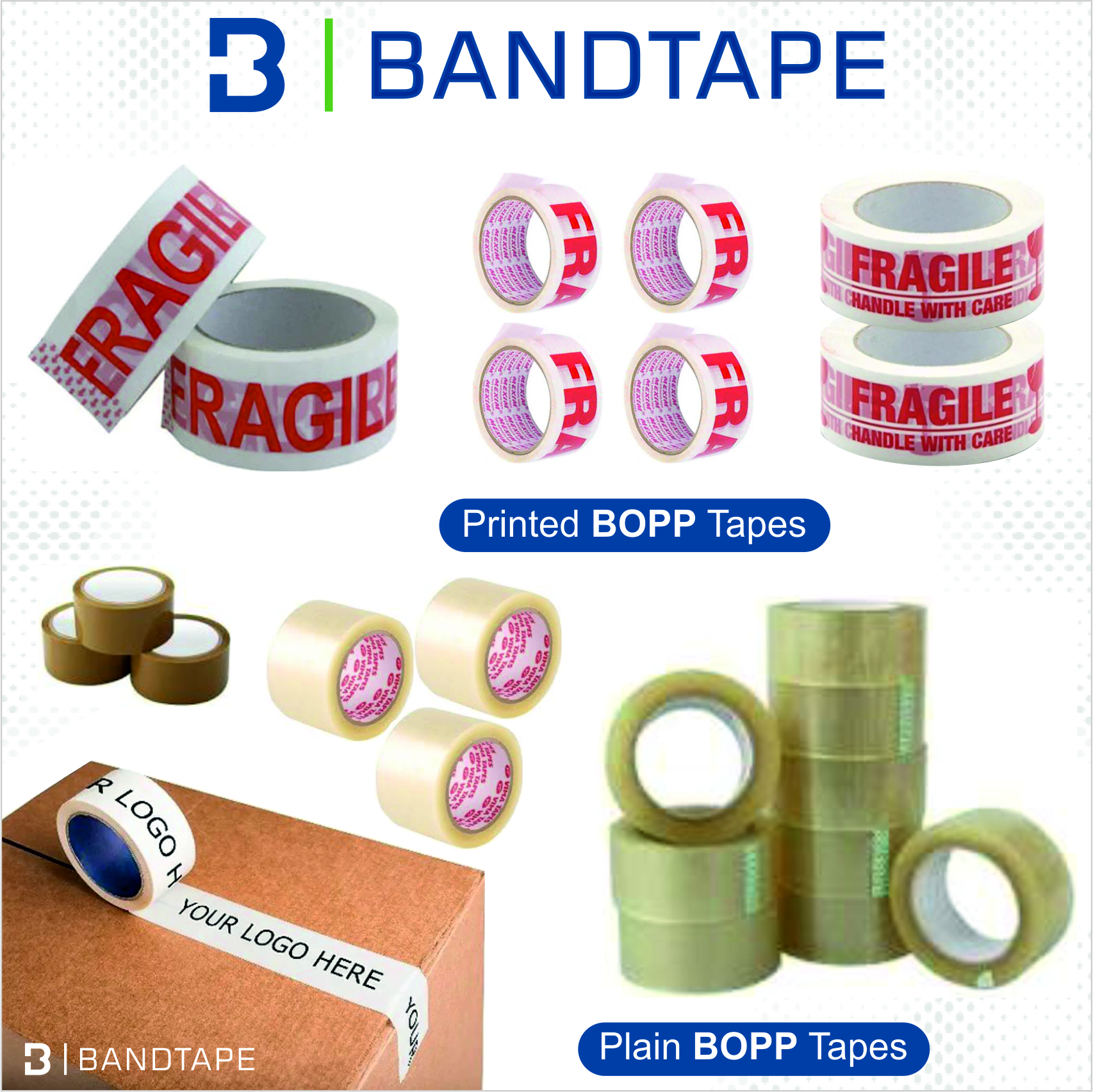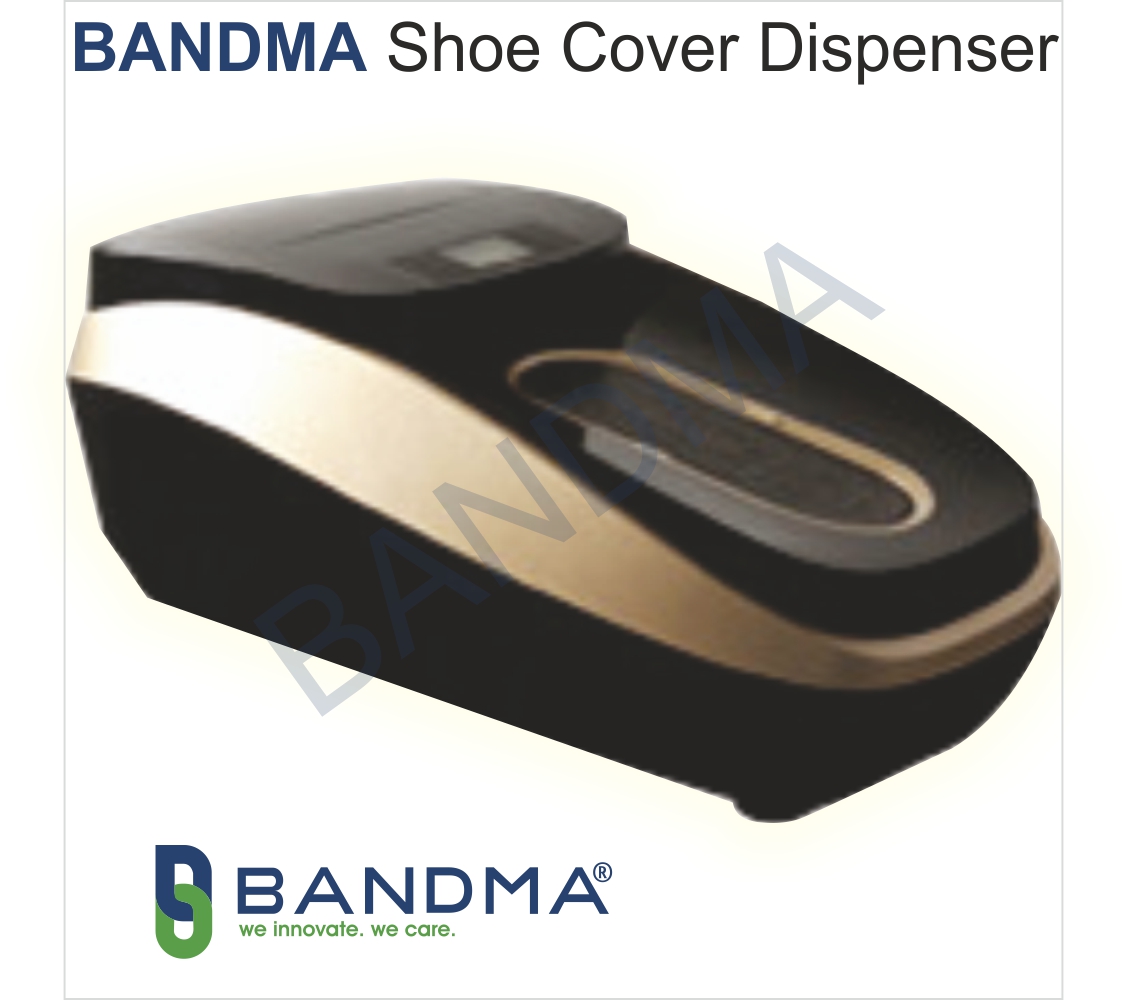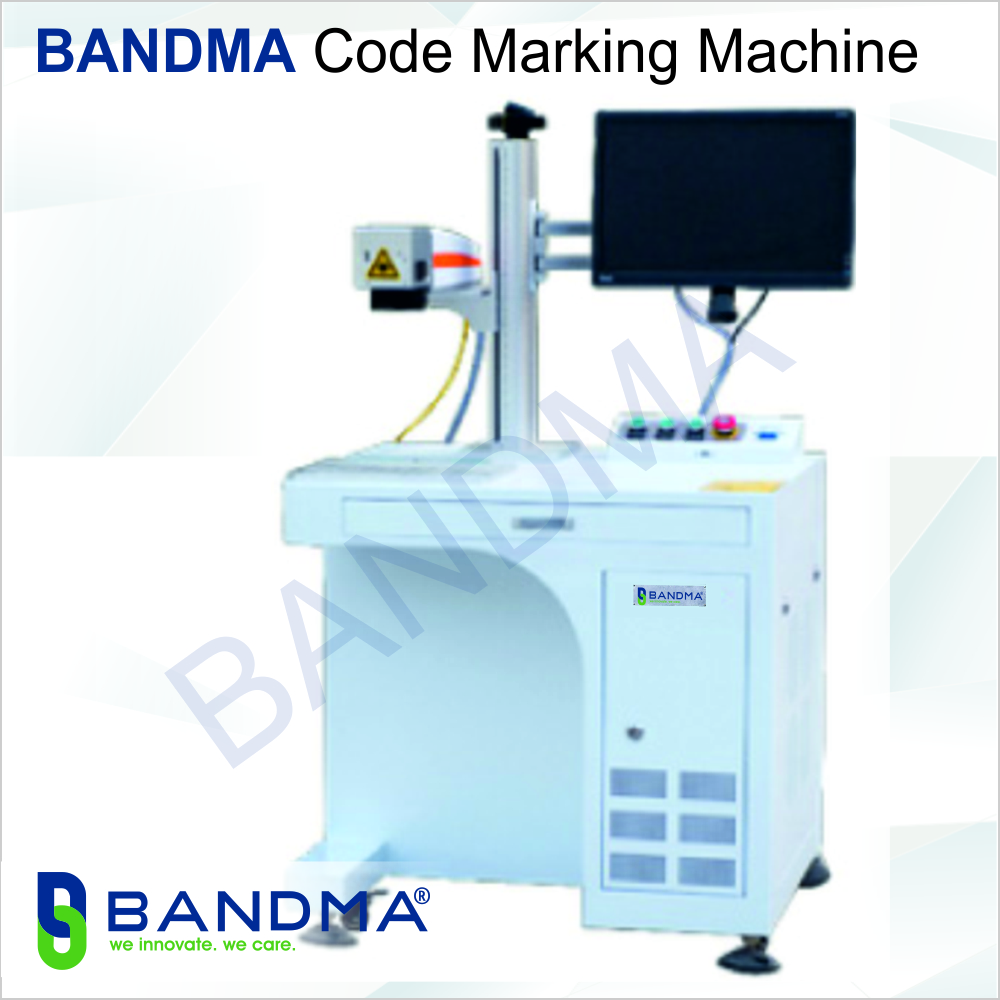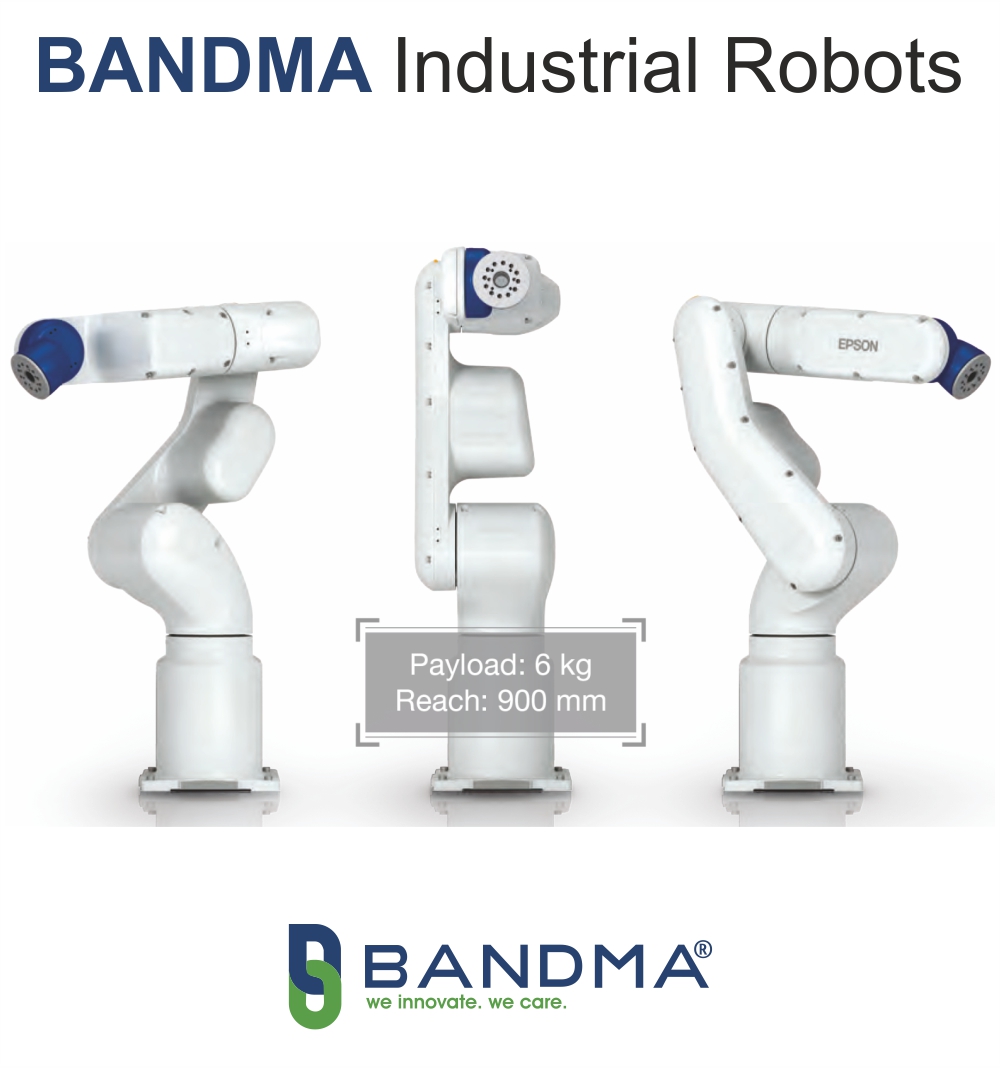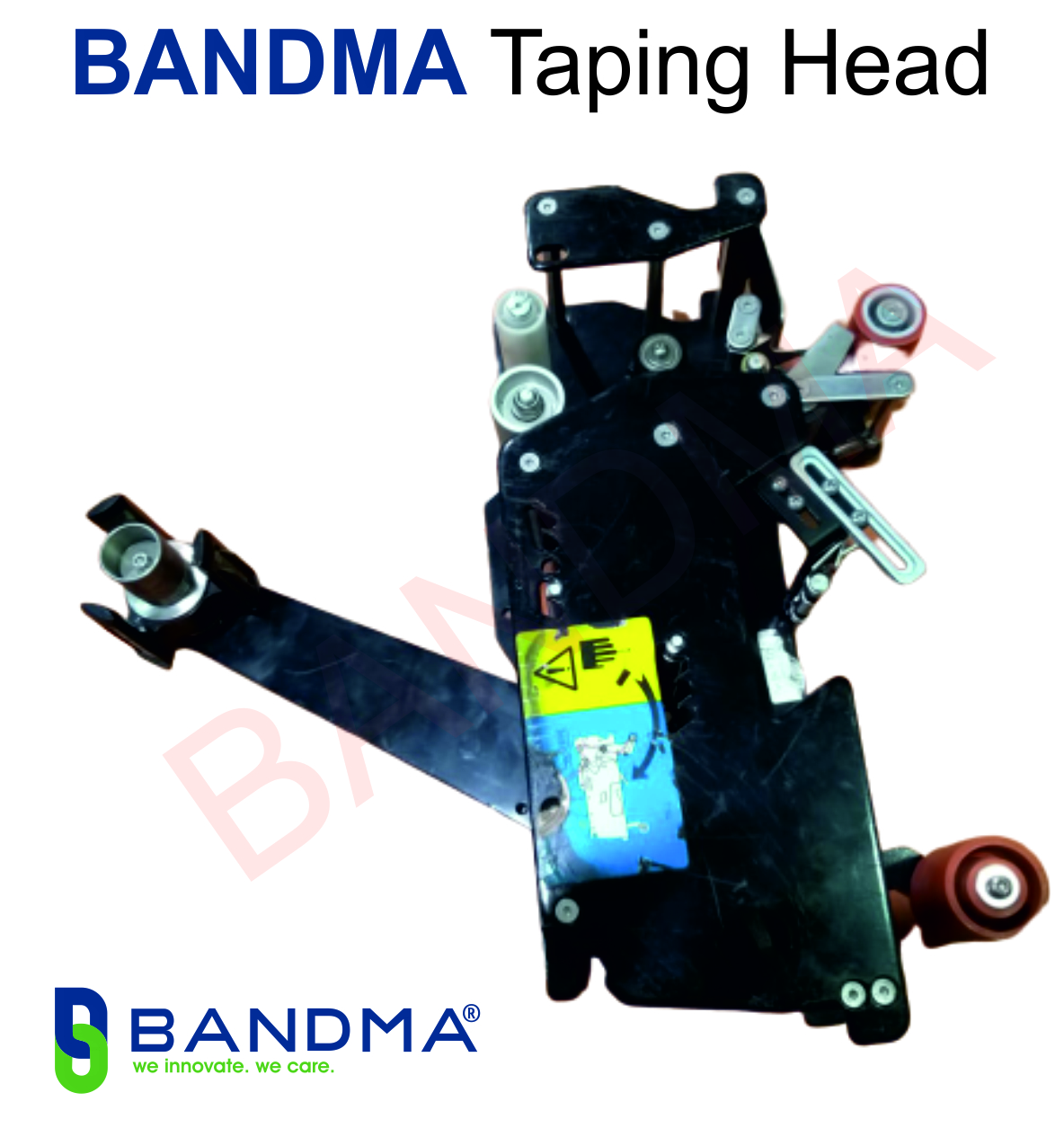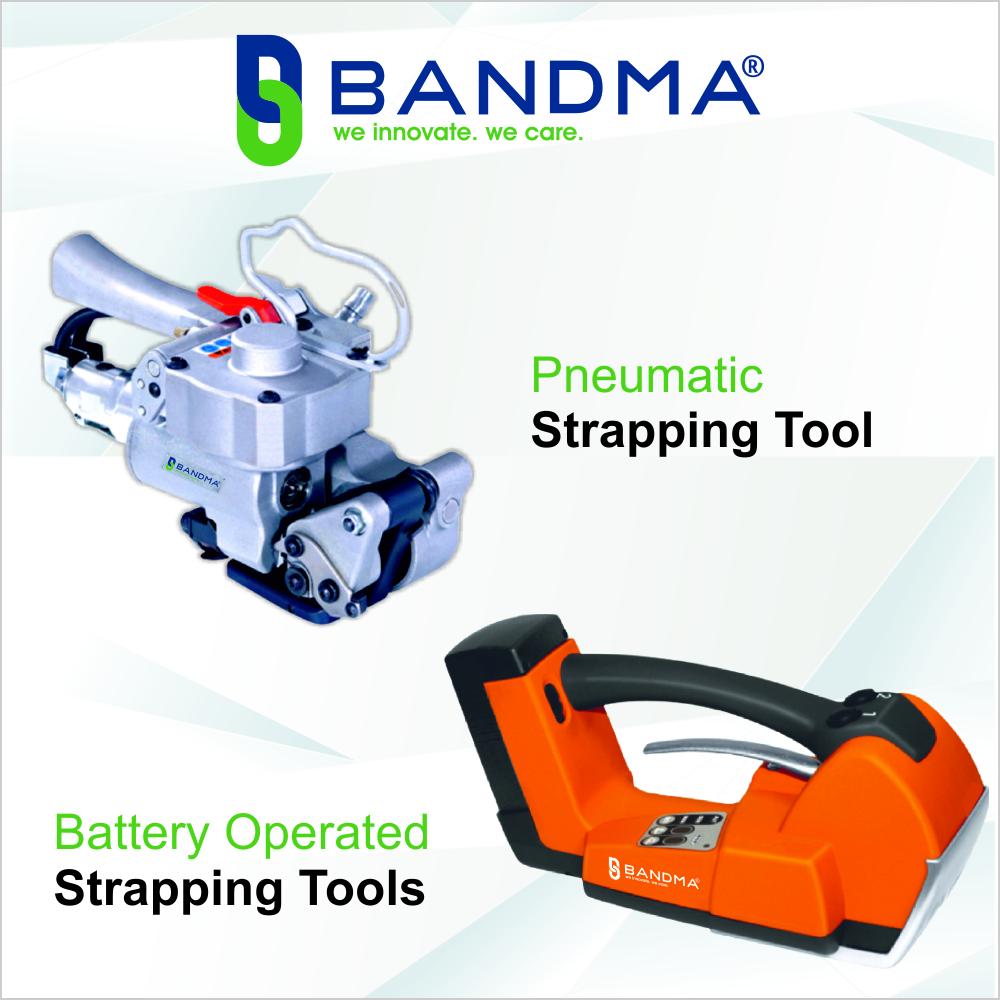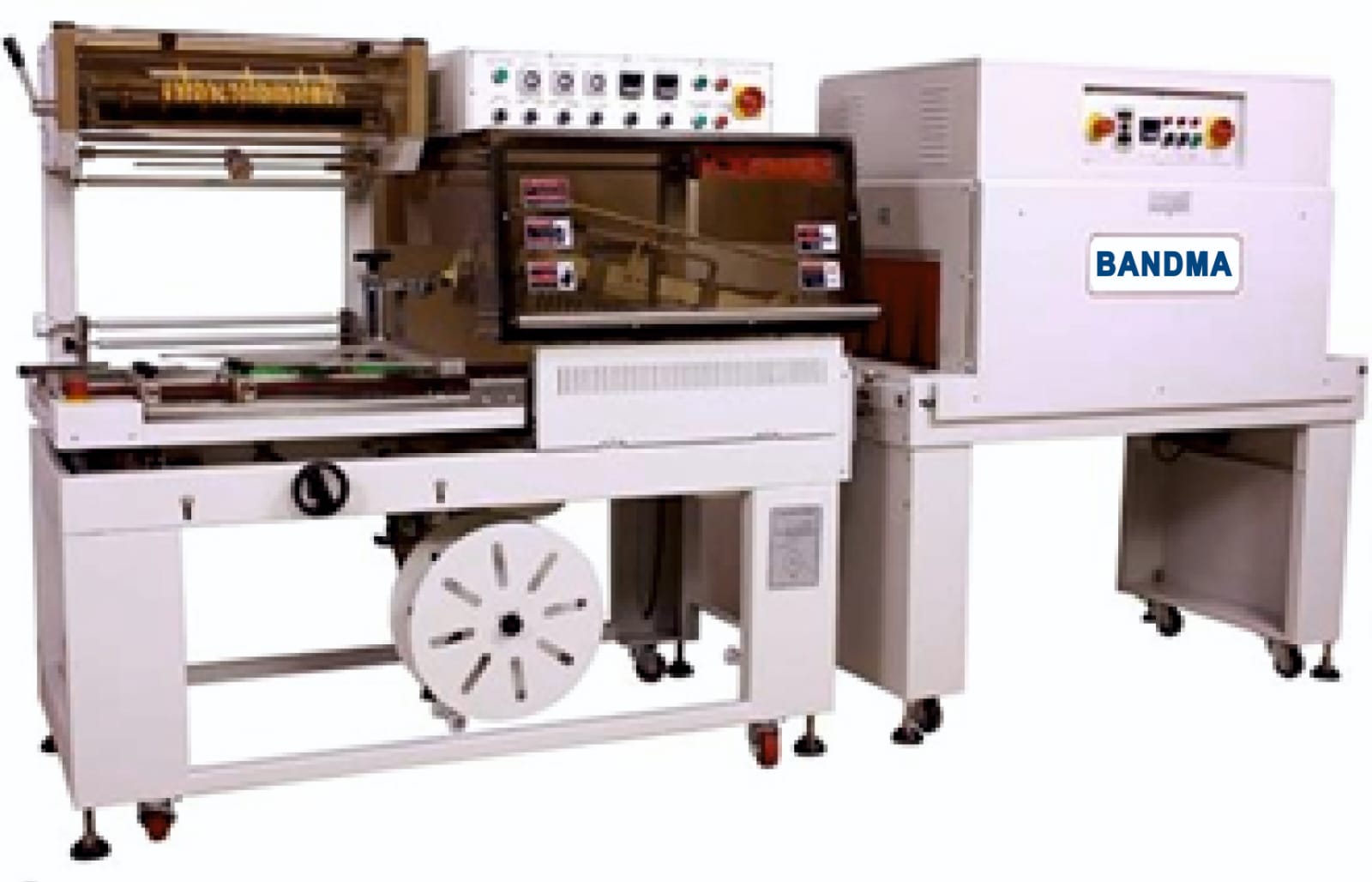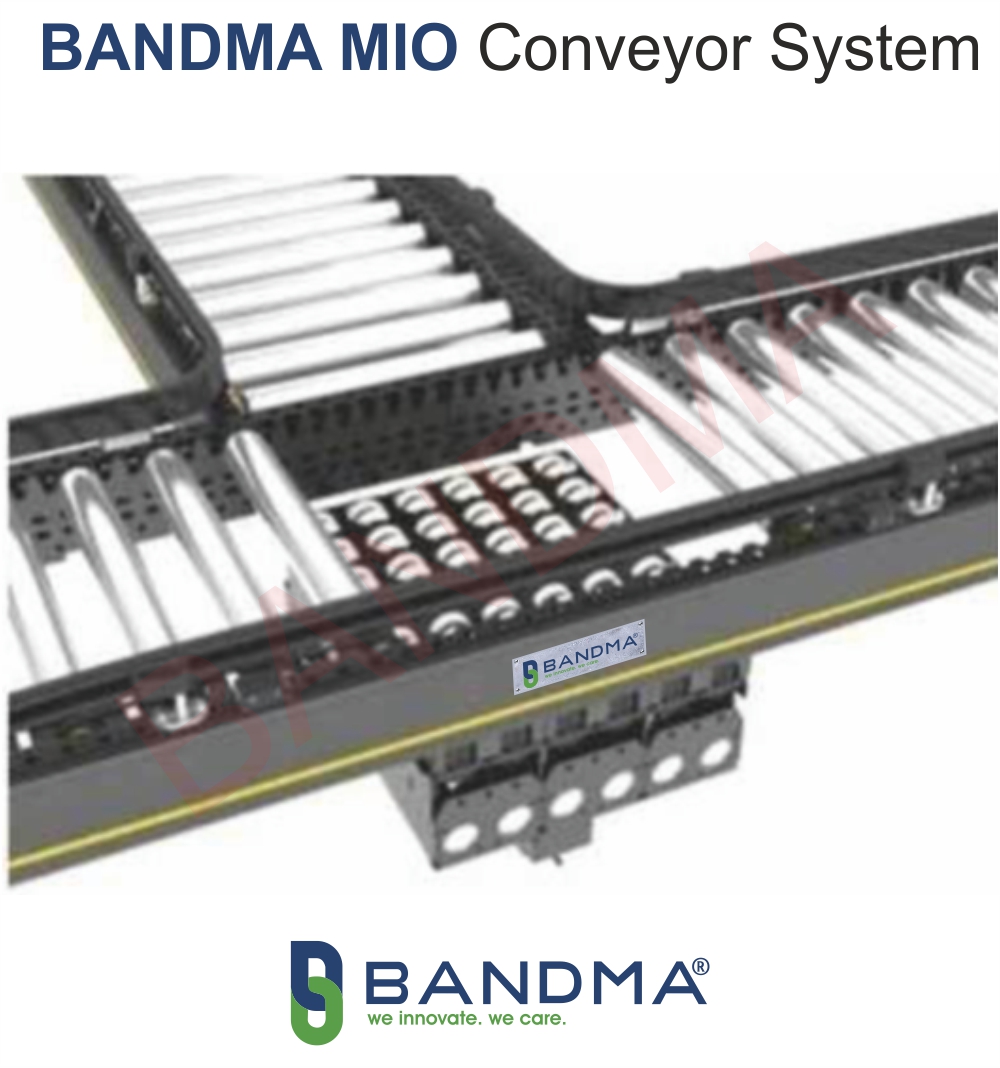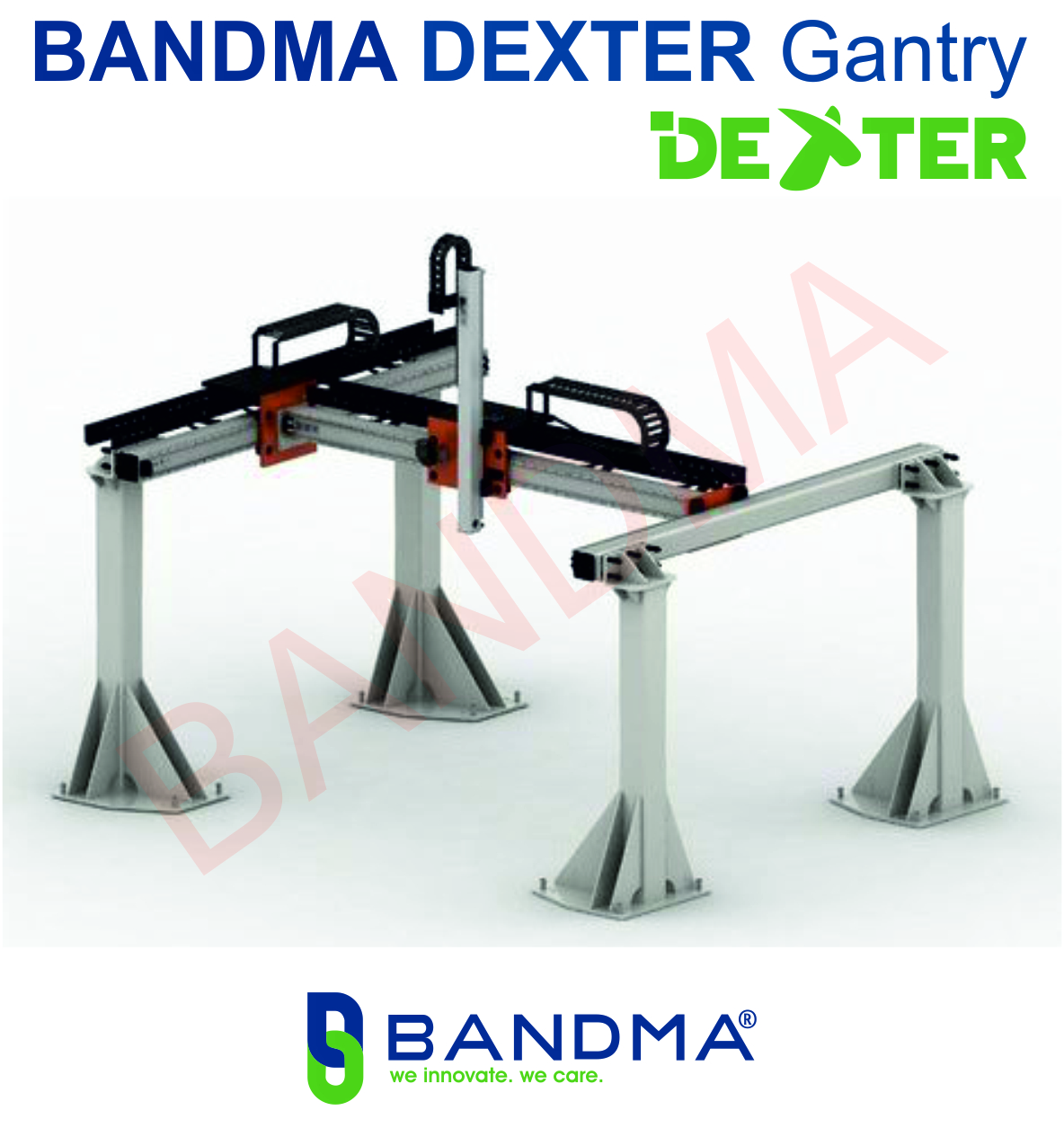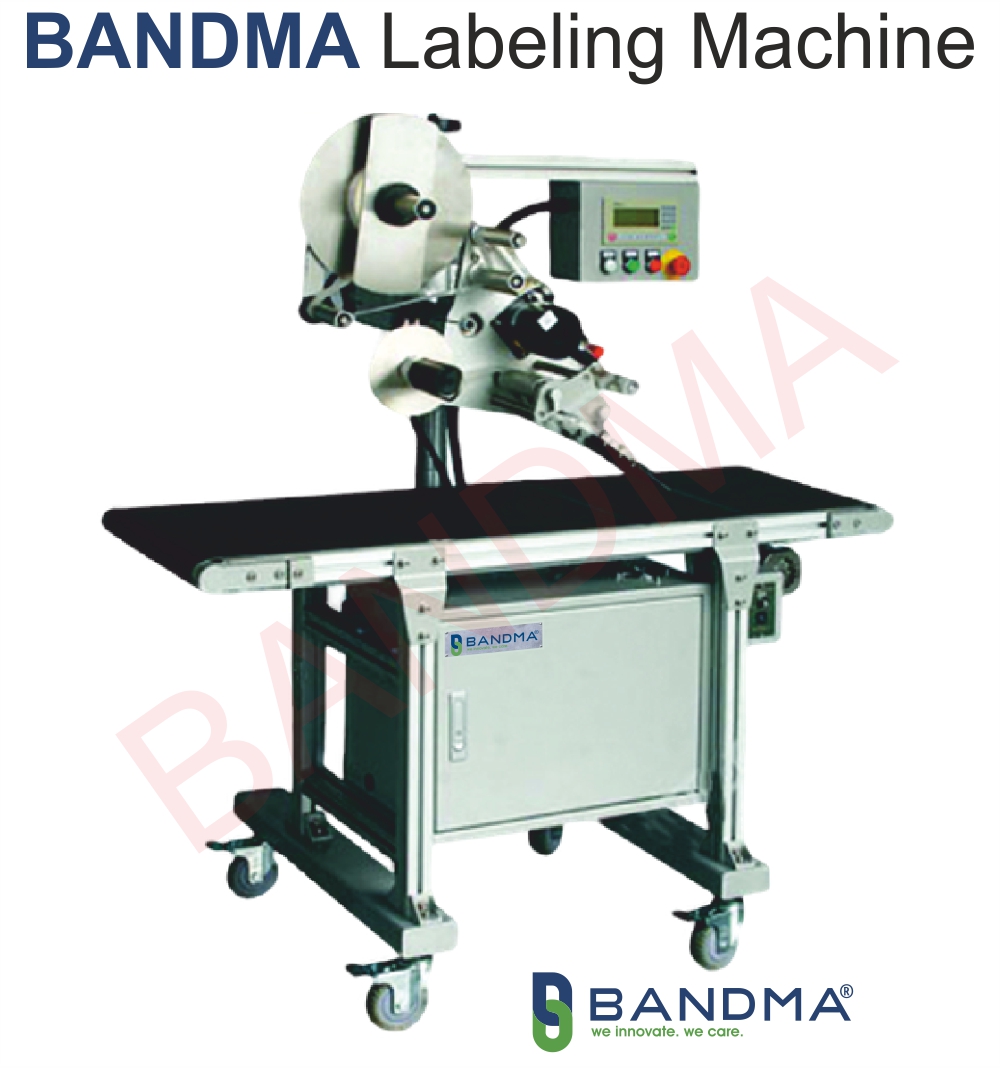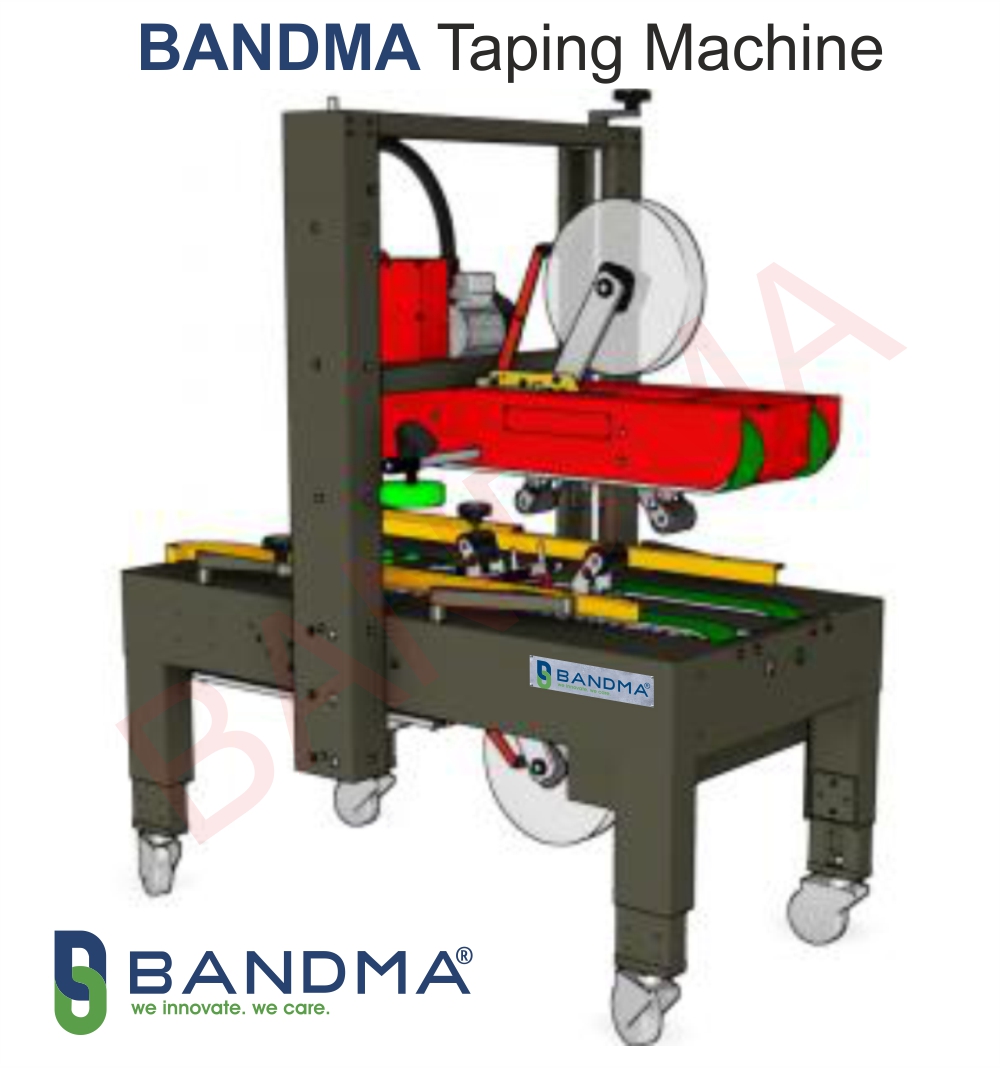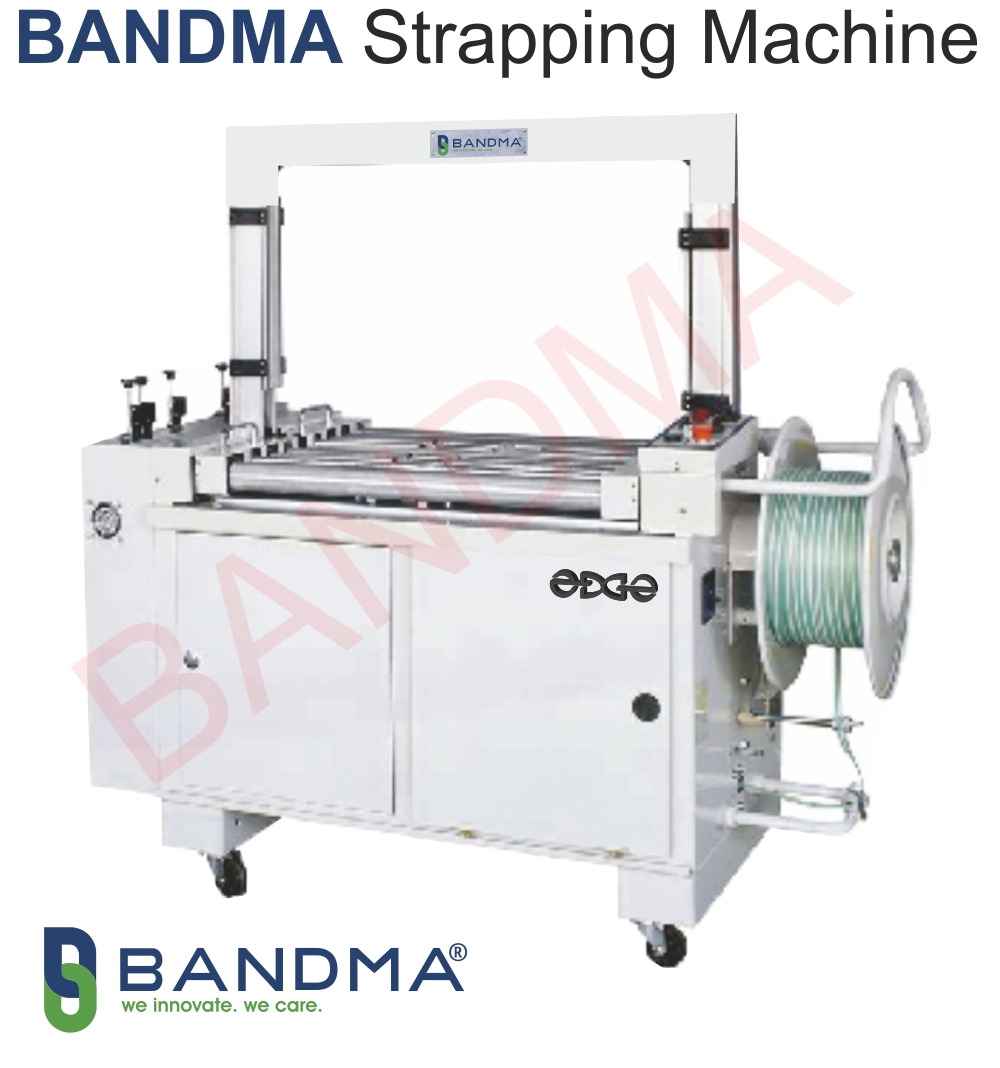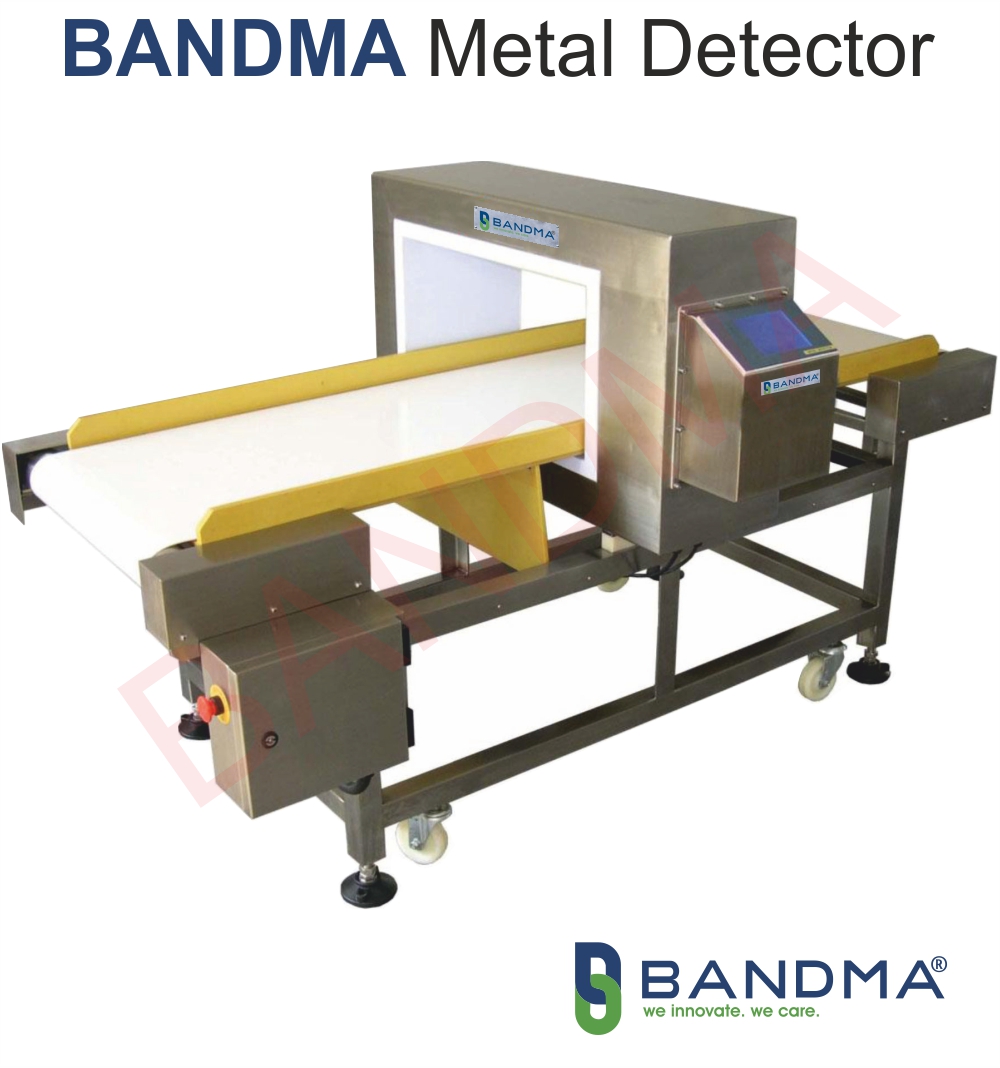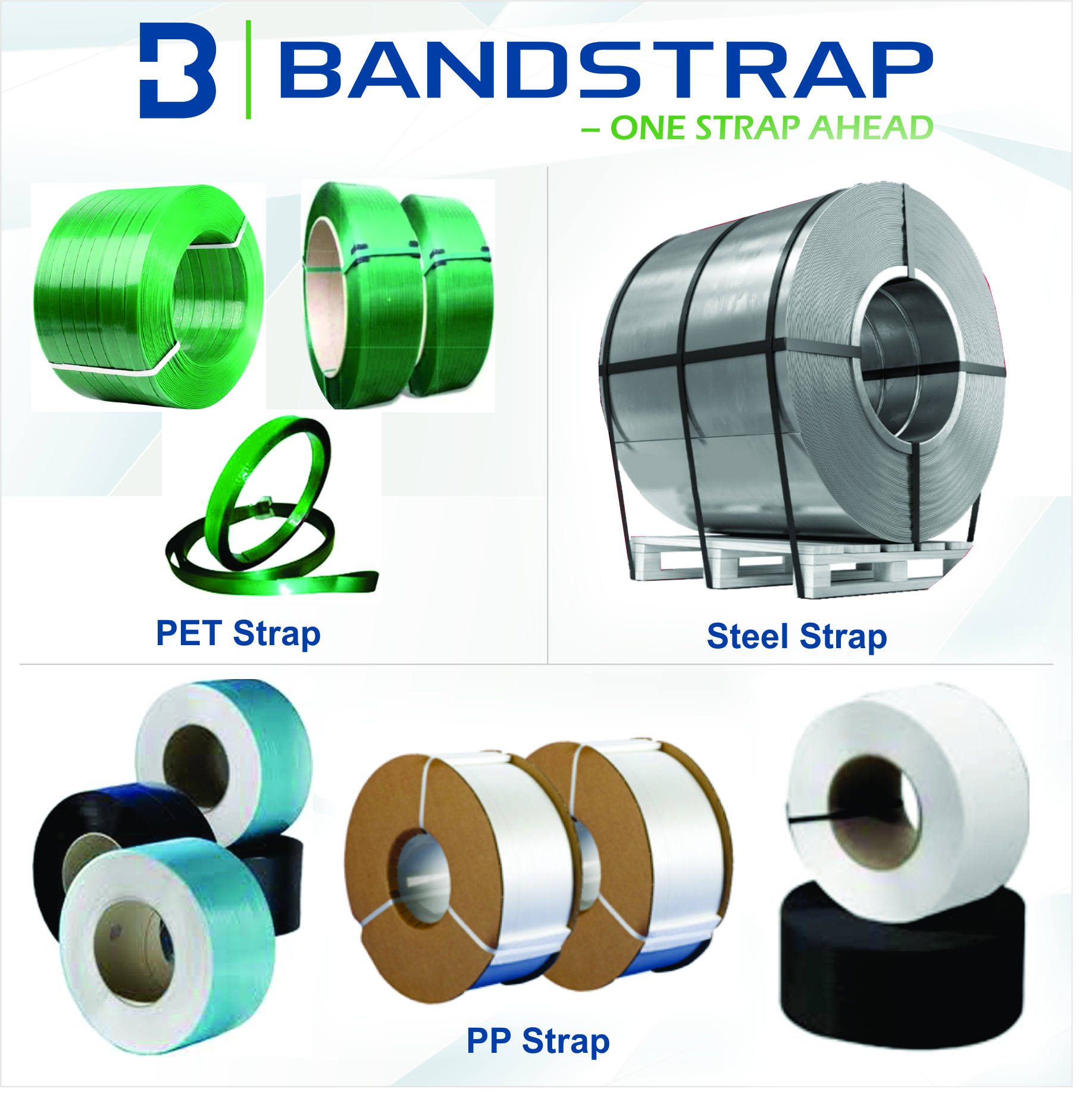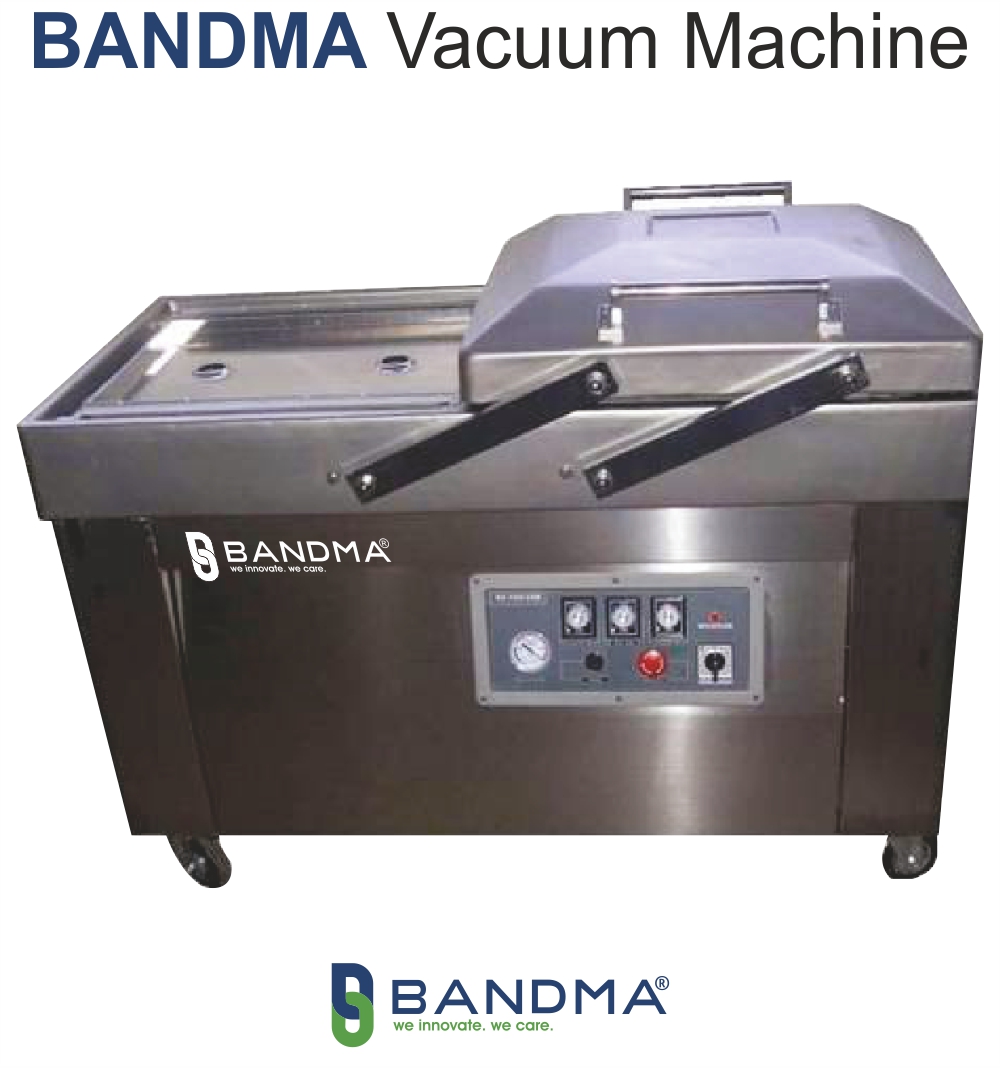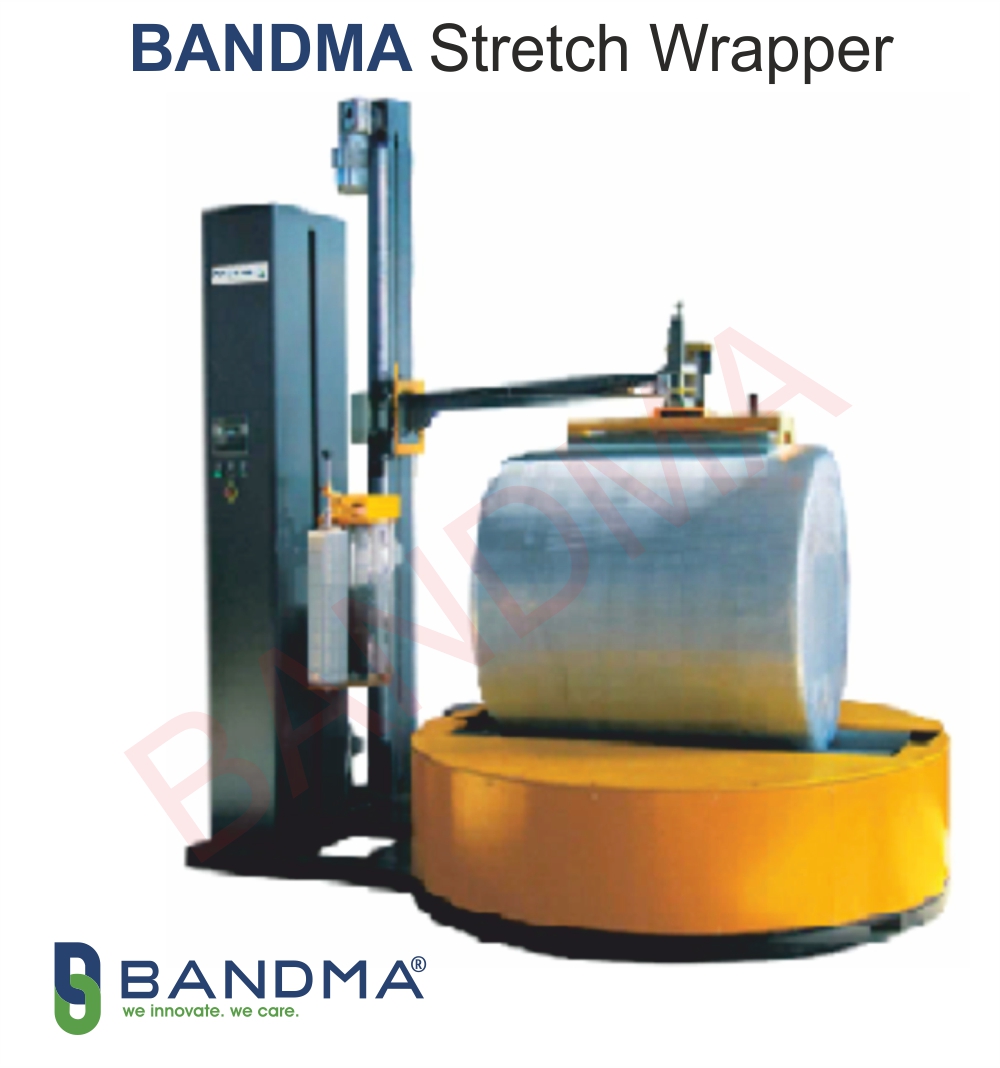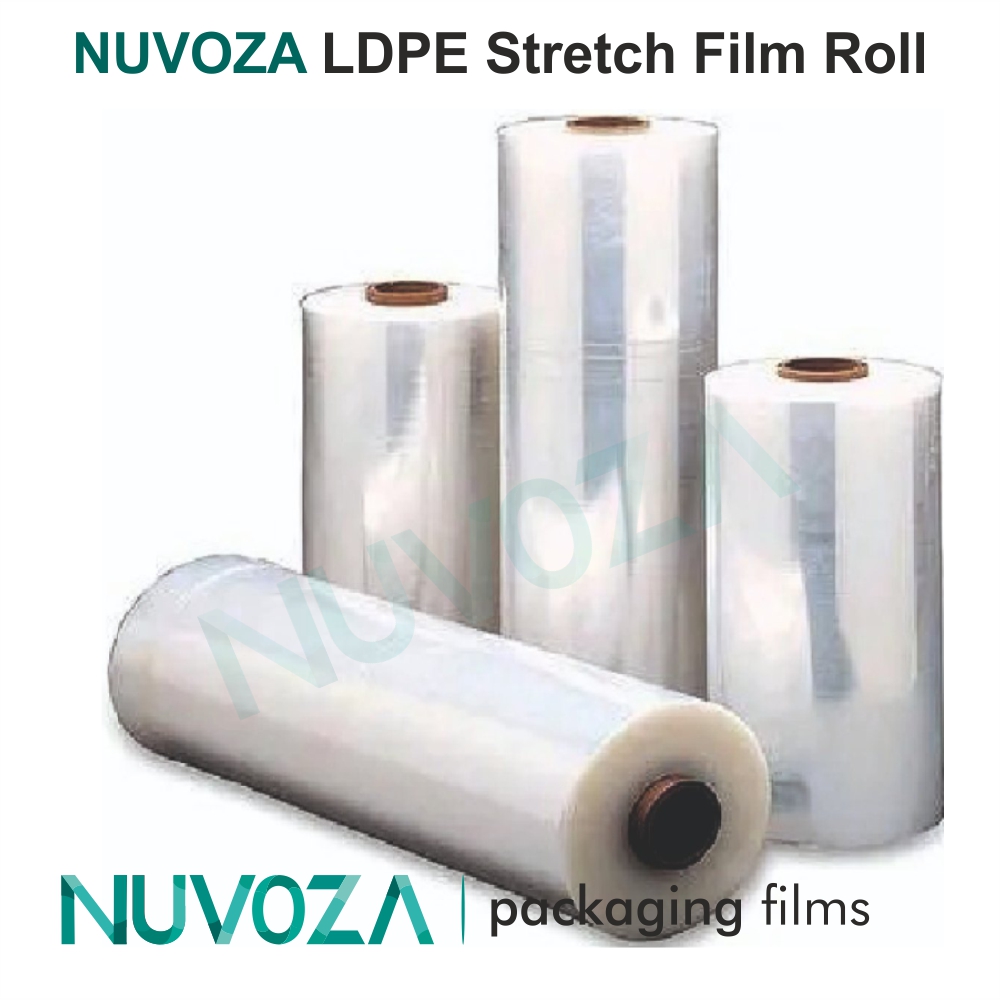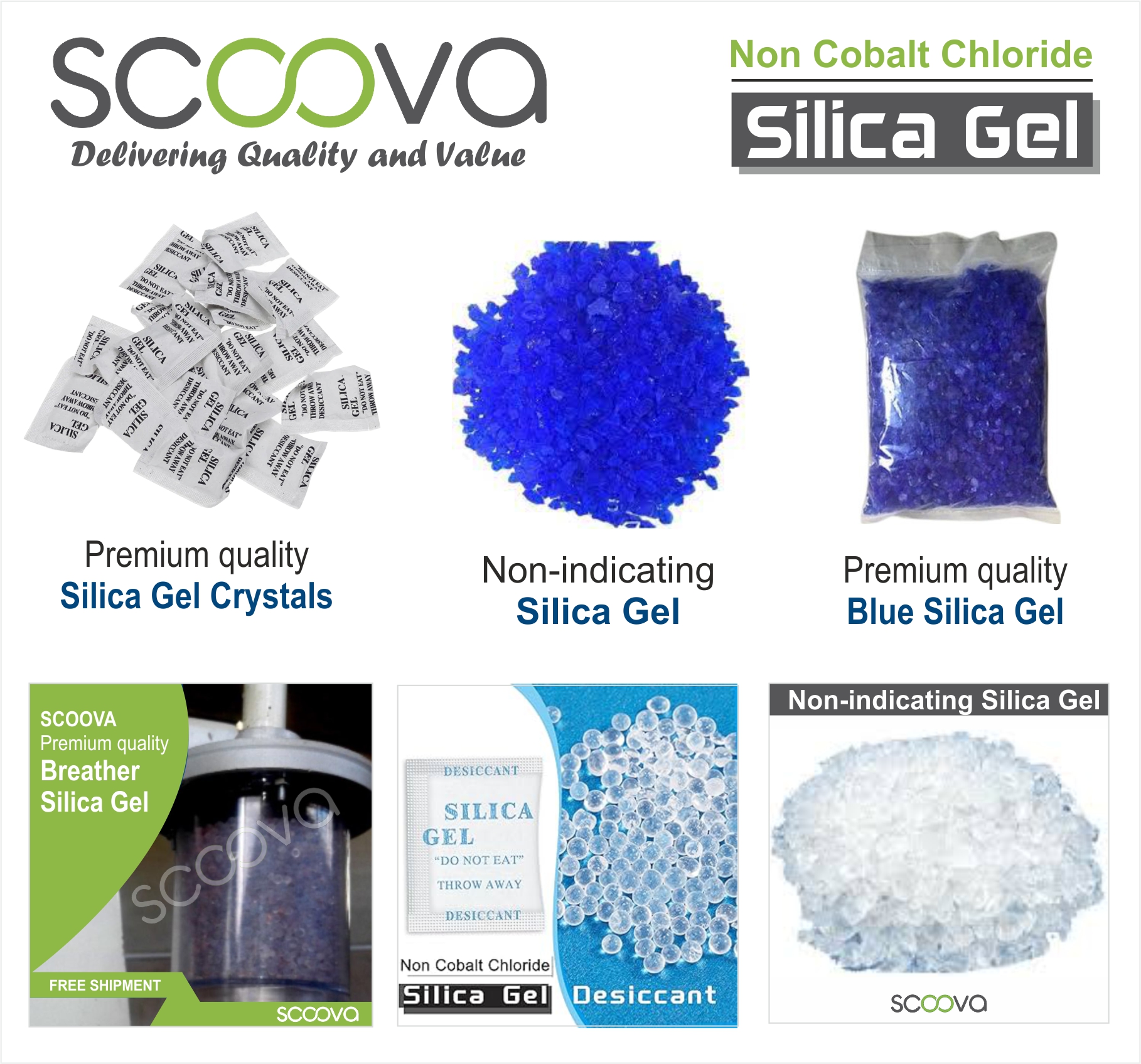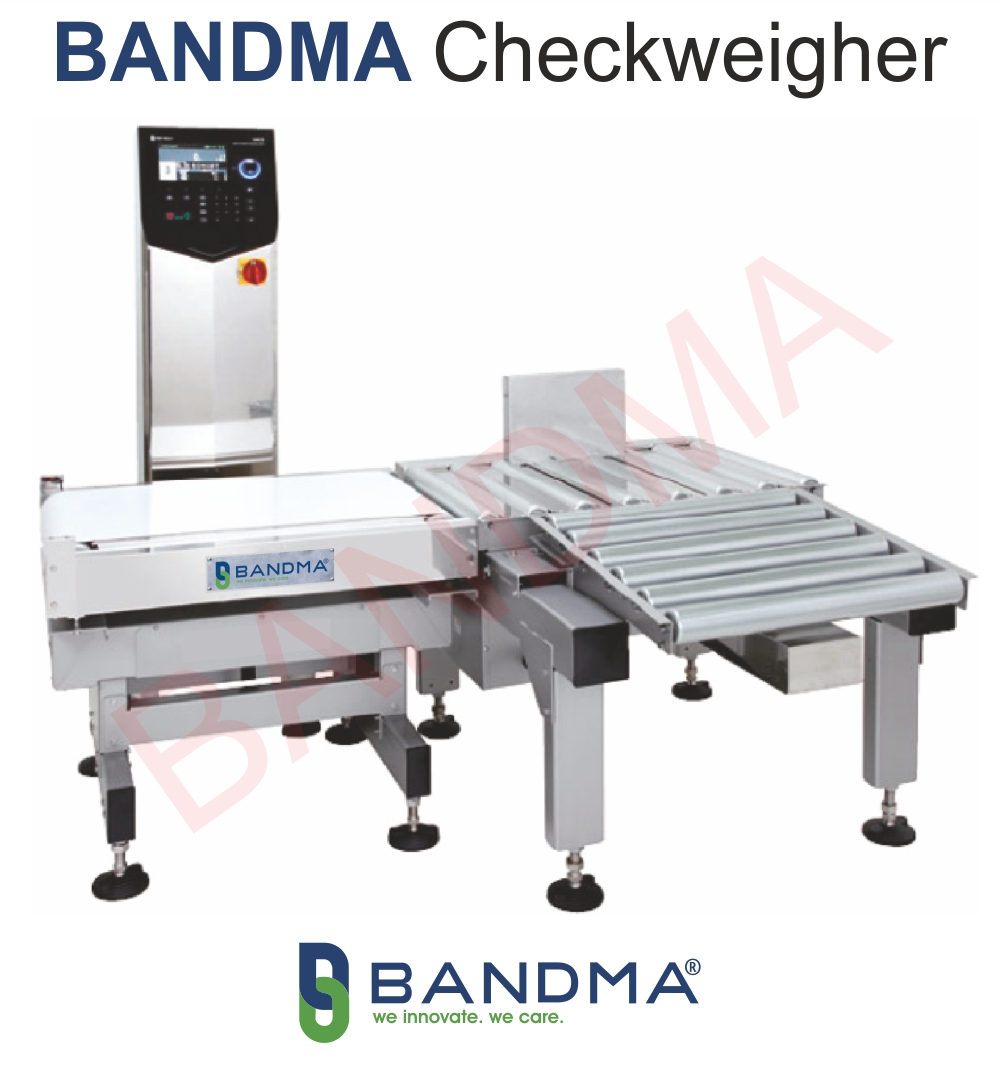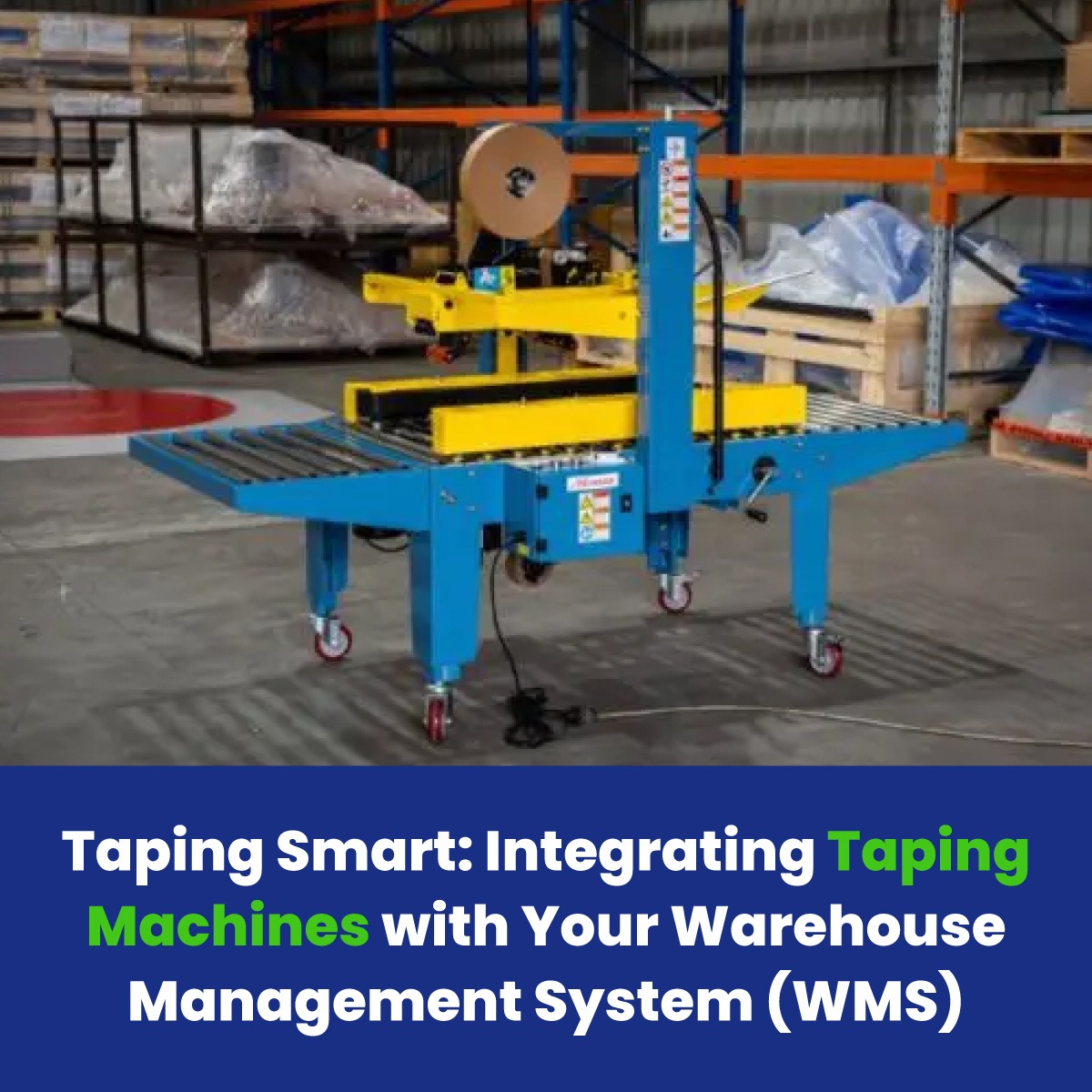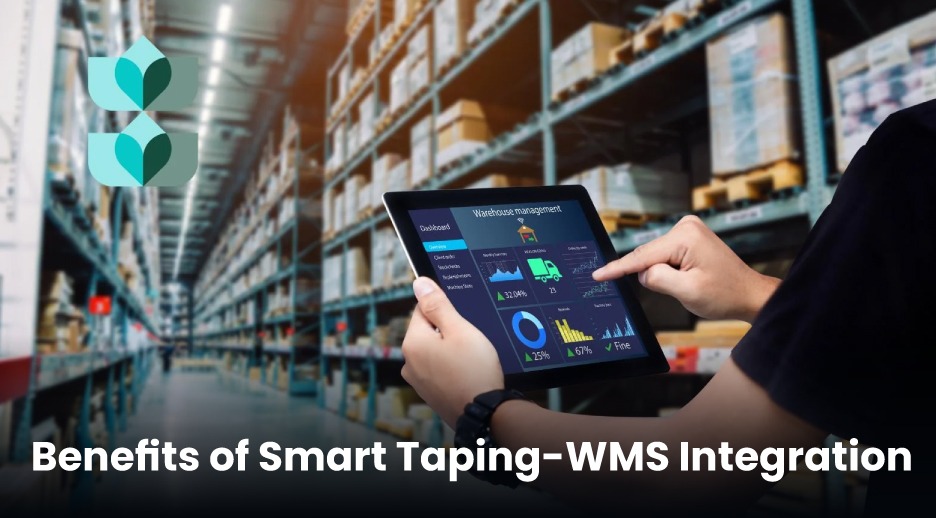In today’s competitive market, warehouses are under pressure to operate faster, more efficiently, and with fewer errors. Packaging, once seen as the final step in the process, has now become a critical part of supply chain optimization. Among packaging solutions, taping machines play a vital role in securing cartons, protecting goods, and preparing shipments for smooth transit.
But here’s the real game-changer: when taping machines are integrated with a Warehouse Management System (WMS), they transform from simple sealing equipment into intelligent, data-driven tools that enhance the entire packaging workflow.
Why Traditional Taping Falls Short
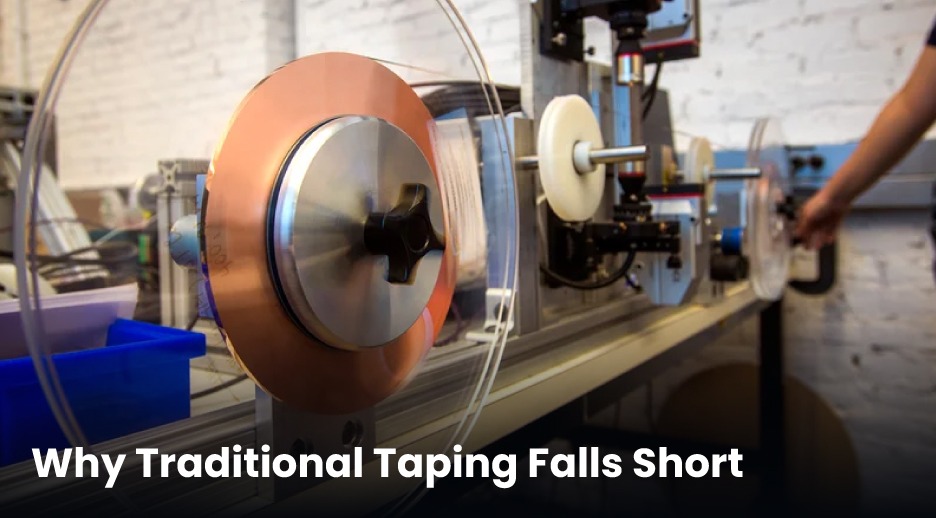
In many warehouses, taping is still treated as a standalone activity. Operators manually feed cartons, seal them, and send them to dispatch. While this method works, it has some major drawbacks:
- Inconsistent sealing quality due to manual variations.
- Lack of traceability—once sealed, the package carries no data link to the WMS.
- Wasted resources like excess tape usage or downtime due to poor coordination.
- Difficulty in scaling as order volumes grow.
This disconnect between packaging equipment and digital systems leads to inefficiencies and missed opportunities for optimization.
The Role of WMS in Modern Warehouses
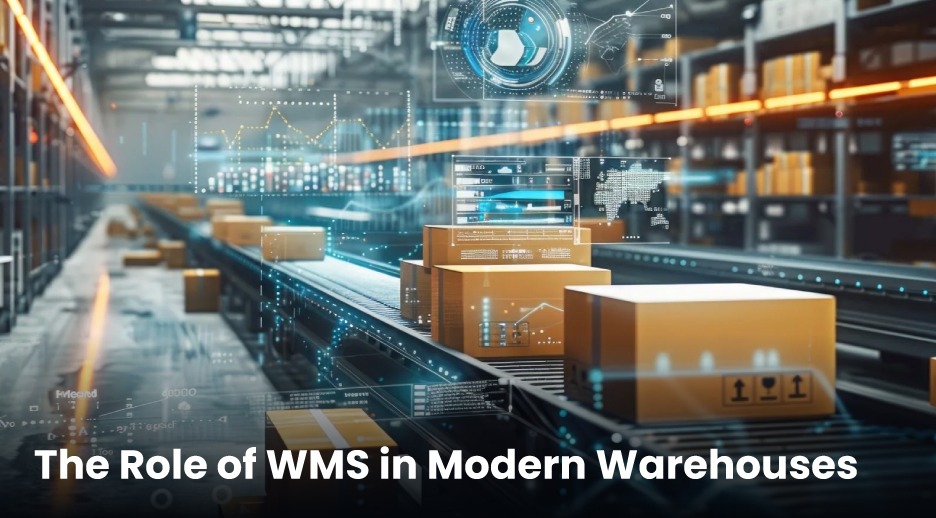
A Warehouse Management System (WMS) acts as the central nervous system of warehouse operations. It manages inventory, tracks orders, optimizes workflows, and ensures accuracy in picking, packing, and shipping. However, for a WMS to deliver its full potential, it must be connected to every step of the process—including packaging.
That’s where smart taping machine integration comes into play.
How Taping Machines Integrate with WMS
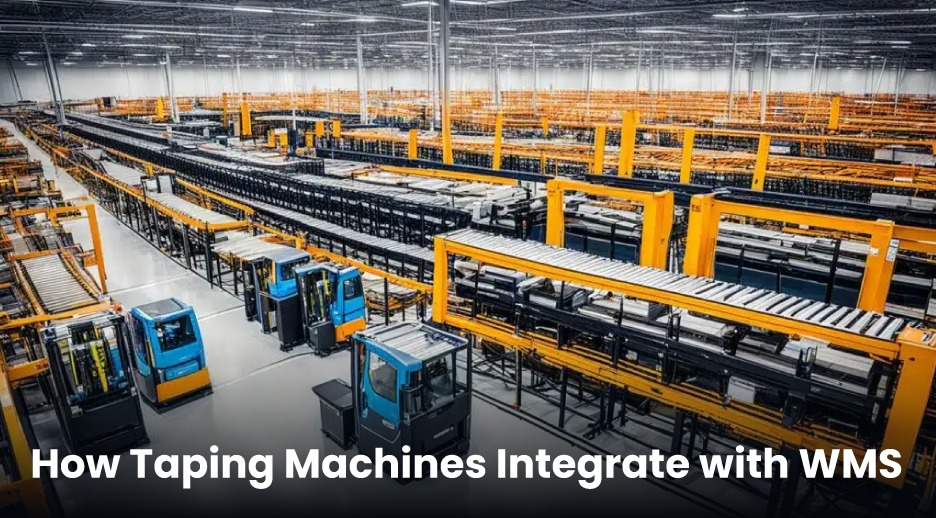
Modern taping machines can be equipped with barcode scanners, IoT sensors, and software connectivity. When linked to a WMS, this integration enables:
- Automated Carton Identification
Each carton passes through the taping machine with a barcode or RFID tag. The machine communicates with the WMS to verify order details before sealing. This ensures the right product is packed and documented accurately. - Real-Time Data Capture
Sealing operations generate data on throughput, tape usage, and machine performance. This information is instantly shared with the WMS, giving managers visibility into packaging productivity. - Error-Free Dispatch
Integrated taping machines can stop a package from being sealed if the WMS flags a mismatch—such as missing items or incorrect labeling. This minimizes costly shipping errors. - Predictive Maintenance Alerts
IoT-enabled taping machines can share performance metrics with the WMS, allowing for predictive maintenance scheduling. This reduces downtime and keeps the packaging line running smoothly.
Benefits of Smart Taping-WMS Integration
1. Improved Efficiency
When taping machines are connected to the WMS, carton sealing becomes part of a seamless, automated workflow. There’s less manual intervention, fewer delays, and faster cycle times.
2. Cost Savings
Accurate tape application reduces material waste. Predictive maintenance minimizes repair costs. Streamlined workflows cut labor expenses. Together, these savings add up to a significant reduction in packaging costs.
3. Enhanced Accuracy and Traceability
Every sealed carton is logged into the system with time, date, and operator details. This creates a digital trail that supports compliance, audits, and accountability.
4. Better Customer Satisfaction
On-time, error-free shipments reduce complaints and returns. Customers receive the right products, properly packaged, and delivered securely.
5. Scalability for Future Growth
As order volumes increase, integrated systems can handle the demand without requiring a complete redesign of packaging operations. Businesses can scale quickly while maintaining accuracy.
Real-World Example
Imagine a large e-commerce warehouse shipping thousands of orders daily. Without integration, packaging is prone to errors wrong products, missing labels, or wasted tape. But with a WMS-linked taping system:
- Each carton is scanned before sealing.
- The WMS confirms order accuracy.
- The taping machine applies just the right amount of tape.
- Data from every sealed box is stored for performance tracking.
The result? Fewer mistakes, reduced waste, faster operations, and happier customers.
The Future of Taping in Smart Warehouses
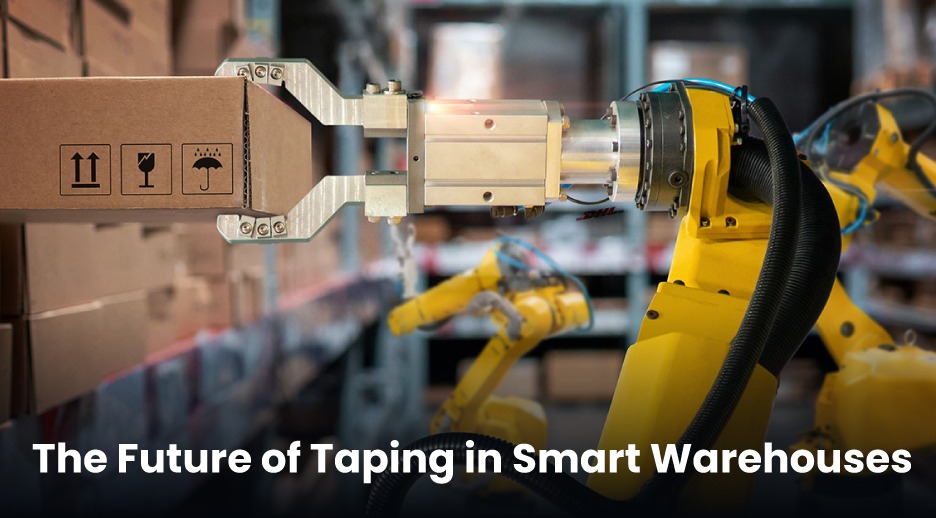
As warehouses adopt Industry 4.0 technologies, taping machines will become even smarter. Integration with AI and machine learning will allow packaging systems to:
- Predict order volumes and auto-adjust machine settings.
- Optimize tape usage based on carton size and material.
- Send live performance dashboards to managers’ devices.
- Contribute directly to sustainability goals by minimizing waste.
In short, the future of packaging is not just about sealing boxes—it’s about turning data into efficiency.
Conclusion
Packaging is often the last touchpoint before a product leaves the warehouse, making it one of the most critical steps in logistics. By integrating taping machines with Warehouse Management Systems, businesses can unlock new levels of efficiency, accuracy, and sustainability.
This isn’t just about smarter machines—it’s about creating smarter warehouses. As customer expectations rise and competition grows, companies that embrace this integration will gain a clear edge in speed, cost control, and service quality.
The message is clear: it’s time to go beyond sealing cartons and start tapping into the power of connected packaging solutions.

